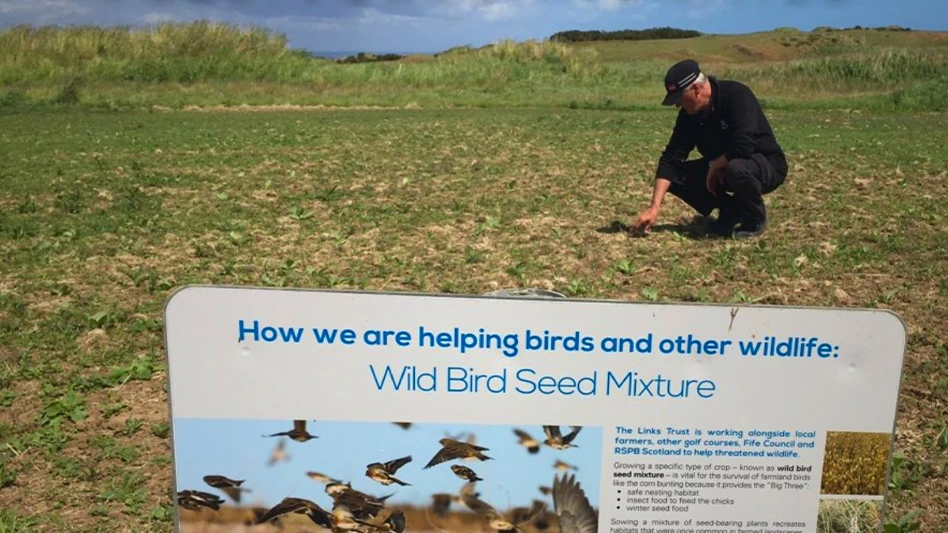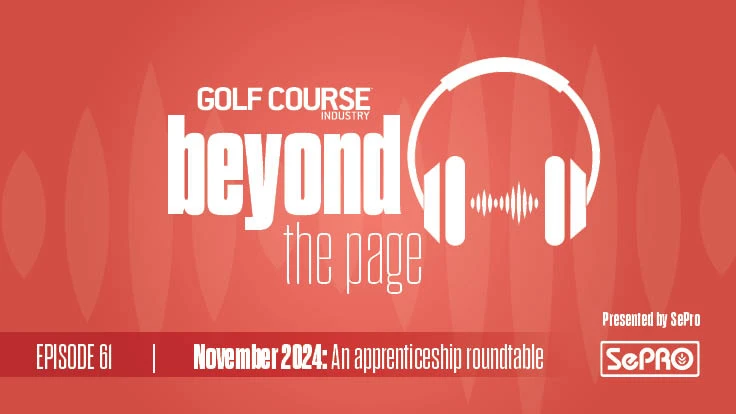|
|
When you think about suggesting to your owner, board or other entity you report to that a new irrigation system is needed, the first thing they are going to want to know is how much will it cost? Today’s irrigation systems are much more expensive than those of the past and given the current economy, providing accurate cost estimates is imperative. You might believe it’s an easy number to establish. You just ask the local distributor or contractor for a rough cost or one of your peers that just got a new system. But beware: A.) No two golf courses are alike; therefore, neither are their irrigations systems; and B.) There are many more costs to a system than just the irrigation contractors cost. For proper budgeting, you need to make sure you have covered all of the anticipated costs and some unanticipated ones, too. You base cost is going to be the irrigation system itself. This includes all of the materials needed: sprinklers, pipe, fittings, controls, computers and wire, as well as the cost of installing those components. This can be established on a per sprinkler basis, such as $1,500 per sprinkler or through other techniques; 2 or 2.5 material costs or by getting a hard number by bidding. But that is just one number that reflects the basic irrigation system cost, not the project cost. You may want more than a basic system and the costs of added features of what some might call “bells and whistles’ need to be added in, too. Examples might include green and/or tee out systems, additional weather stations and bunker irrigation (all of the bunkers or just a few?). Additionally, there are unique issues that may only apply to your golf course such as stream or road crossings. Both of these are expensive, and the more of them you have the higher your budget will need to be. In addition, road and stream crossings most likely will need to be permitted. You need to add in the costs of the permit including specialists you might need to obtain the permit; wetland specialist, environmental consulting firm, surveyor, civil engineer and in too many cases, a lawyer. Are you going to redo the tennis irrigation too so you get the tennis vote? What about the clubhouse grounds and entrance area? Add those costs in, too, but as a separate line item as they are not the golf course itself. Now that you are going to have a new system, what happens to the old stuff? That needs to be budgeted too, even if your staff is going to remove all the old stuff. Not something I would advise, though. Then there is the pump system, do you need a new one or just a refurbished one? If it’s new you need the costs of the pump station, pump house, wet well, new electrical supply to the pump house, and the cost of the electrical work in the pump house plus any power company charges. You don’t want to miss the mighty utility – they do nothing cheaply. And if you are thinking about fertigation you need to include the cost of that equipment plus the building will need to be larger by about a third increasing its cost. Do you need to add make-up water from another source to your primary irrigation supply, either municipal, groundwater or from another pond? You need to include the costs of the piping and pumping. Don’t forget those pumps will need electricity and how it will be controlled. If it’s a potable supply, it will have wet tap, meter and backflow prevention costs. If the irrigation system obtains water from an existing pond, does it need to be dredged, even just around the intake? Include those costs and the cost of permitting the dredging work. You’re probably going to have some miscellaneous electrical costs too for controller power or for your central control system so add a small number for those. So while you’re digging up the golf course what else might you like to install? Remember, most of the trenching costs are in excavating and restoring the trench. So while its open, what else might you put in it? A few things you might want to consider: fan wire, drinking fountain pipe and wire, communication cable to the halfway house, aerator wire and wire or piping to restrooms. If you want to include any of these items in your project, add them to the budget, but make sure you bid show them and bid them as separate items as again, they are not part of the irrigation system and can then be easily removed from the project if there is not enough money. And you might think about adding a lightning detection/protection system either with or without horns/sirens. You also need to include your design fees, staking fees and engineering fees. And if you want a GPS as built, then that fee, as well. You may also have a programming fee for your central depending where you are located and who is providing the programming. Lastly you need to think about rock. If you’re lucky enough to not have any on your course, you just saved a lot of money. Odds are you have some and it has to be carefully budgeted. You need to use your experience digging on the golf course and how much exposed ledge there is. If you have rock walls on the golf course that’s a good sign that you have lots of rock because it had to come from somewhere. Rock is the one big “if” and you can’t afford to be very far off in its budgeting. You’d rather be over than under, trust me. I recently broke my course record with $560,000 of rock costs on an 18-hole system. That’s not a number you can afford to miss in the budget. Your budget should also have a contingency. I am not a believer in big contingencies for golf course irrigation systems. If you and your designer do your due diligence up front so you know all your costs, you won’t have to carry a large contingency and will come in on budget. Make sure you have good numbers when you go to the membership for funds and/or approvals. This means have a design and if at all possible hard bid numbers, especially if your course has a reputation for being over budget on projects. Members never think you will come in on budget so they automatically add in their head to whatever number you give them. They cannot argue with hard numbers, just estimated ones. |

Explore the June 2012 Issue
Check out more from this issue and find your next story to read.
Latest from Golf Course Industry
- Making the grade — at or near grade
- PBI-Gordon receives local business honor
- Florida's Windsor takes environmental step
- GCSAA names Grassroots Ambassador Leadership Award winners
- Turf & Soil Diagnostics promotes Duane Otto to president
- Reel Turf Techs: Ben Herberger
- Brian Costello elected ASGCA president
- The Aquatrols Company story
.jpg)





